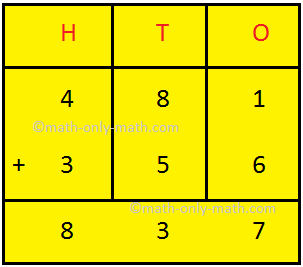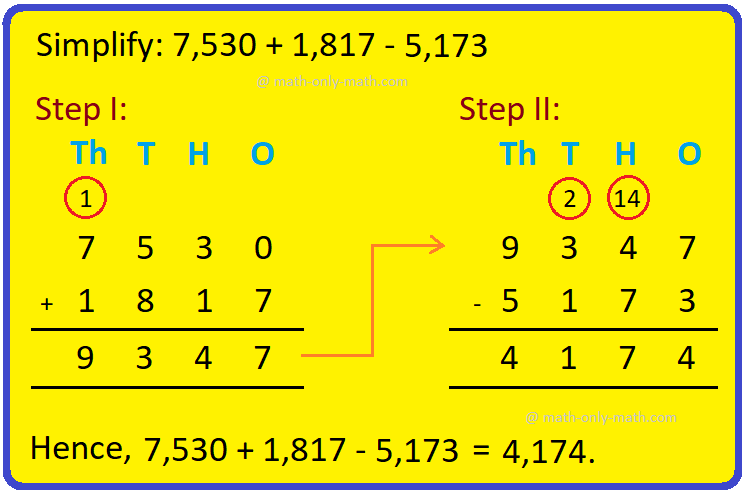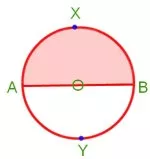Subscribe to our YouTube channel for the latest videos, updates, and tips.
Mixed Problems Using Unitary Method
Mixed problems using unitary method we come across certain variations i.e. direct variation and inverse variation.
We know, in unitary method, we first find the value of one quantity from the value of the given quantity. Then we use this value to find the value of the required quantity. While working out the problems using unitary method we come across certain variations in which the values of two quantities depend on each other in such a way that a change in one, results in a corresponding change in the other; then the two quantities are said to be in variation and the two types of variation which occur are called direct and inverse variations.
Solved examples of mixed problems using unitary method:
1. If 24 painters working for 7 hours a day, for painting a house in 16 days. How many painters are required working for 8 hours a day will finish painting the same house in 12 days?
Solution:
24 painters working for 7 hours paint a house in 16 days.
1 painter working for 7 hours paints a house in 16 × 24 days.
1 painter working for 1 hour paints a house in 16 × 24 × 7 days.
Let the required number of painters be x, then;
x painters working for 1 hour a day paint the house in (16 × 24 × 7)/x days
x painters working for 8 hours a day paint the house in (16 × 24 × 7)/(x × 8) days
But the number of days given = 12
According to the problem;
(16 × 24 × 7)/(x × 8) = 12
2688/8x = 12
8x × 12 = 2688
96x = 2688
x = 2688/96
x = 28
Therefore, 28 painters working for 8 hours a day will finish the same work in 12 days.
2. 11 potters can make 143 pots in 8 days. How many potters will be required to make 169 pots in 4 days?
Solution:
11 potters can make 143 pots in 8 days.
1 potter can make 143 pots in 8 × 11 days.
1 potter can make 1 pot in (8 × 11)/143 days.
Let the number of potters required be x, then;
x potters can make 1 pot in (8 × 11)/( 143 × x) days
x potters can make 169 pots in (8 × 11 × 169)/(143 × x ) days
But the number of days given = 4
According to the problem;
(8 × 11 × 169)/(143 × x ) = 4
14872/143x = 4
572x = 14872
x = 14872/572
x = 26
Therefore, 26 potters are required to make 169 pots in 4 days.
Situations of Direct Variation
Situations of Inverse Variation
Direct Variations Using Unitary Method
Direct Variations Using Method of Proportion
Inverse Variation Using Unitary Method
Inverse Variation Using Method of Proportion
Problems on Unitary Method using Direct Variation
Problems on Unitary Method Using Inverse Variation
Mixed Problems Using Unitary Method
7th Grade Math Problems
From Mixed Problems Using Unitary Method to HOME PAGE
Didn't find what you were looking for? Or want to know more information about Math Only Math. Use this Google Search to find what you need.
Recent Articles
-
5th Grade Circle Worksheet | Free Worksheet with Answer |Practice Math
Jul 10, 25 11:41 AM
In 5th Grade Circle Worksheet you will get different types of questions on parts of a circle, relation between radius and diameter, interior of a circle, exterior of a circle and construction of circl… -
Construction of a Circle | Working Rules | Step-by-step Explanation |
Jul 09, 25 01:29 AM
Construction of a Circle when the length of its Radius is given. Working Rules | Step I: Open the compass such that its pointer be put on initial point (i.e. O) of ruler / scale and the pencil-end be… -
Combination of Addition and Subtraction | Mixed Addition & Subtraction
Jul 08, 25 02:32 PM
We will discuss here about the combination of addition and subtraction. The rules which can be used to solve the sums involving addition (+) and subtraction (-) together are: I: First add -
Addition & Subtraction Together |Combination of addition & subtraction
Jul 08, 25 02:23 PM
We will solve the different types of problems involving addition and subtraction together. To show the problem involving both addition and subtraction, we first group all the numbers with ‘+’ and… -
5th Grade Circle | Radius, Interior and Exterior of a Circle|Worksheet
Jul 08, 25 09:55 AM
A circle is the set of all those point in a plane whose distance from a fixed point remains constant. The fixed point is called the centre of the circle and the constant distance is known
Worksheet on Direct Variation using Unitary Method
Worksheet on Direct variation using Method of Proportion
Worksheet on Word Problems on Unitary Method






New! Comments
Have your say about what you just read! Leave me a comment in the box below. Ask a Question or Answer a Question.